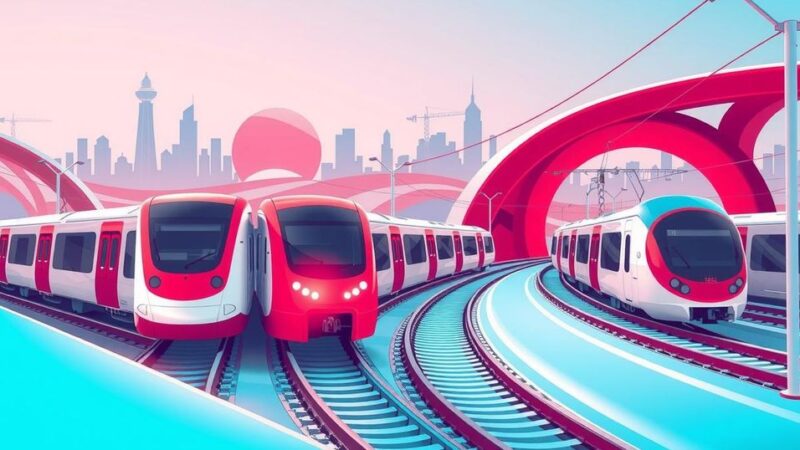Gianpiero Lambiase, Max Verstappen’s race engineer, adopted a “subservient” role during the Brazilian Grand Prix, enhancing communication and strategic decisions. Despite starting 17th, they aimed to reduce Lando Norris’s points, leading to an unforeseen victory through effective tire strategy and calmness in adverse conditions, solidifying their partnership’s success.
Gianpiero Lambiase, Max Verstappen’s race engineer, explained a “subservient” approach he adopted during the Brazilian Grand Prix, which greatly contributed to the driver’s victory. He emphasized that effective communication is crucial in high-pressure scenarios, asserting that an engineer must adapt to the driver’s needs. This strategy proved particularly effective when Verstappen started from 17th position, ultimately transforming a challenging situation into a triumphant result.
The relationship between Verstappen and Lambiase has always attracted attention since its inception in 2016. This particular race demonstrated Lambiase’s ability to adapt his communication approach based on the unfolding events. They aimed for damage limitation against Lando Norris, and Lambiase noted that opportunities often arise during wet conditions, especially with Verstappen behind the wheel.
During the Brazilian GP, Lambiase and Verstappen focused on minimizing points gained by their competitor, Norris, who began the race on pole. As the rain fell, Verstappen made swift progress, essentially chipping away at the leaders’ gap. A turning point arose when Verstappen decided to remain out on track with intermediate tires, while the leading cars opted for fresh rubber, allowing him to seize a critical track position.
Lambiase highlighted the importance of maintaining composure and securing precise feedback from Verstappen regarding track conditions and tire performance. This calm approach facilitated their decision-making process, allowing them to avoid potential errors during the race. The choice not to pit for fresh tires at a pivotal moment not only highlighted their strategic acumen but also reinforced their success amidst challenging race conditions.
In conclusion, Lambiase’s adaptive communication style and strategic decision-making played significant roles in Verstappen’s win in Brazil. His emphasis on being responsive to the driver’s needs, especially during intense situations, showcases the importance of teamwork in Formula 1. The partnership between Lambiase and Verstappen exemplifies how well-synchronized efforts can lead to remarkable results under pressure.
Max Verstappen, a prominent Formula 1 driver, has showcased remarkable abilities on the track, particularly in challenging conditions. His relationship with his race engineer, Gianpiero Lambiase, has been integral to his success. Their collaboration highlights the dynamic nature of communication and strategy during high-stakes competitions, especially evident during the Brazilian Grand Prix where their partnership led to a pivotal victory in the 2022 season.
The analysis of Lambiase’s role indicates that effective communication and strategic decision-making are crucial attributes for success in Formula 1. Their victory in Brazil serves as a testament to the importance of adapting strategies and maintaining composure amidst adversity. This underscores how teamwork and the ability to respond to real-time challenges can significantly affect race outcomes.
Original Source: www.autosport.com






